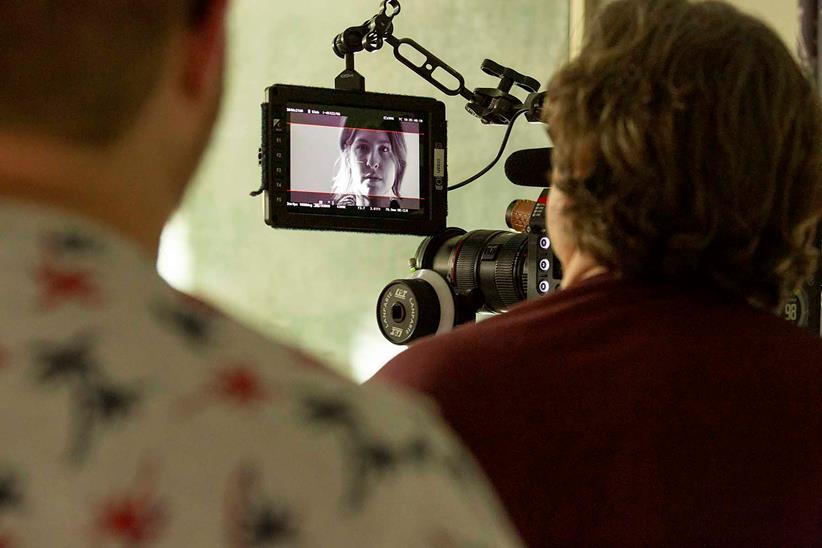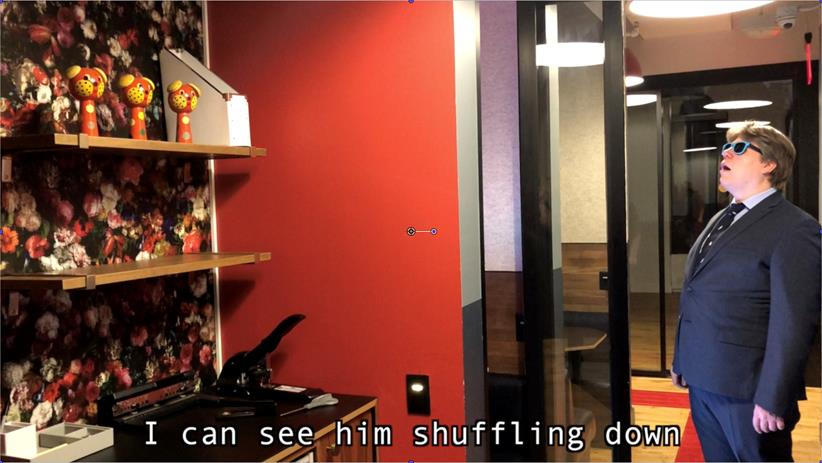In Our Next Episode…

Serial opera is breaking down barriers. This new genre, which divides operatic work into segments available through video and podcast, allows opera-makers unusual leeway to explore innovative narratives, themes and music approaches. For producers, it’s a path to the outside-the-opera-house audience that thrives on Netflix-style bingeing. For creators, meanwhile, the form opens pathways to undiscovered artistic territory.
Lisa Bielawa’s Vireo: The Spiritual Biography of a Witch’s Accuser, taking the form of five 15-minute video episodes, is a pioneering example of the serialized form. The composer and her librettist, Erik Ehn, originally planned the work as a traditional staged opera, chronicling the mystical visions of a teenage girl from medieval times to the present day. But Bielawa found that a serial format fit the concept beautifully. It let the production team shoot in diverse settings, from a farm outside LA to Alcatraz, conjuring Vireo’s diverse settings and epochs, and it allowed Bielawa to tailor her musical forces to each individual episode. She had not finished composing the later episodes when the first ones were produced, which allowed her and Ehn to alter the opera’s trajectory as they went along. “This is the only way that you can create an opera whereby your writing is actually influenced by the ways the singers have played their roles in previous episodes,” she says.
Vireo is innovative not only in its form, but in its fundraising strategies. The creators developed their work by forming their own nonprofit, Single Cel LLC; Los Angeles’s KCET came on as a post-production partner, broadcasting and offering the opera for online streaming in 2017. It was also released as a DVD/CD box set. Meanwhile, the opera has spawned a live production, which will be workshopped next year at The New School’s Philip Glass Institute in New York City. The cast will interact with the televised version projected behind them, creating a film-stage hybrid. “It provides the intimacy of live performance with the intimacy of film, which are two totally different kinds of intimacy,” says Bielawa.

The serial-opera producer CamerataWorks grows out of the mission of its parent organization, New York’s New Camerata Opera, of reinventing and reimagining the art form. Its offerings now include The Prince von Pappenschmear, about a Jewish gynecologist in Nazi Germany, and The Ives Project, a nine-episode film adaptation of Charles Ives songs. “The structure allows for maximum flexibility and creativity,” says Eric Bagger, co-founder and artistic chair of New Camerata Opera. “It lets [creators] make art that is true to their subject and to their own voices.”
In Buick City, 1:00 AM, New York-based Experiments in Opera moves the idea of serial opera to the podcast format, telling the story of a woman who travels back in time to Flint, Michigan, in 1984 in order to prevent her father’s murder. Blending lush arias, spoken dialogue and sound design, Buick City, created by Jason Cady, EiO’s artistic director, is intended both to push boundaries while introducing the company to a global audience. “It’s accessible to anyone in the world, indefinitely,” Cady says.
“Opera was invented in the Renaissance, and I think people tend to still think of it from that perspective,” says Cady. “But in the 21st century, it can be presented in a variety of formats. For me, that not only invites unusual content, but new technology.” EiO is planning to follow up Buick City with another serial opera, which has just received an OA Innovation Grant (see p. 39).
Nobody is claiming that serial opera will replace the traditional kind. But it does address key questions facing the field today. How do you stay current? How do you attract younger audiences? With its unquestionable accessibility, serialized opera provides one answer. And to the extent it gives creators a new kind of flexibility, it could be seen as a continuation of one of opera’s centuries-long aims: allowing audience and artist to harmonize.
This article was published in the Summer 2019 issue of Opera America Magazine.

Nicholas Lord
Nicholas Lord is OPERA America's institutional giving manager.





